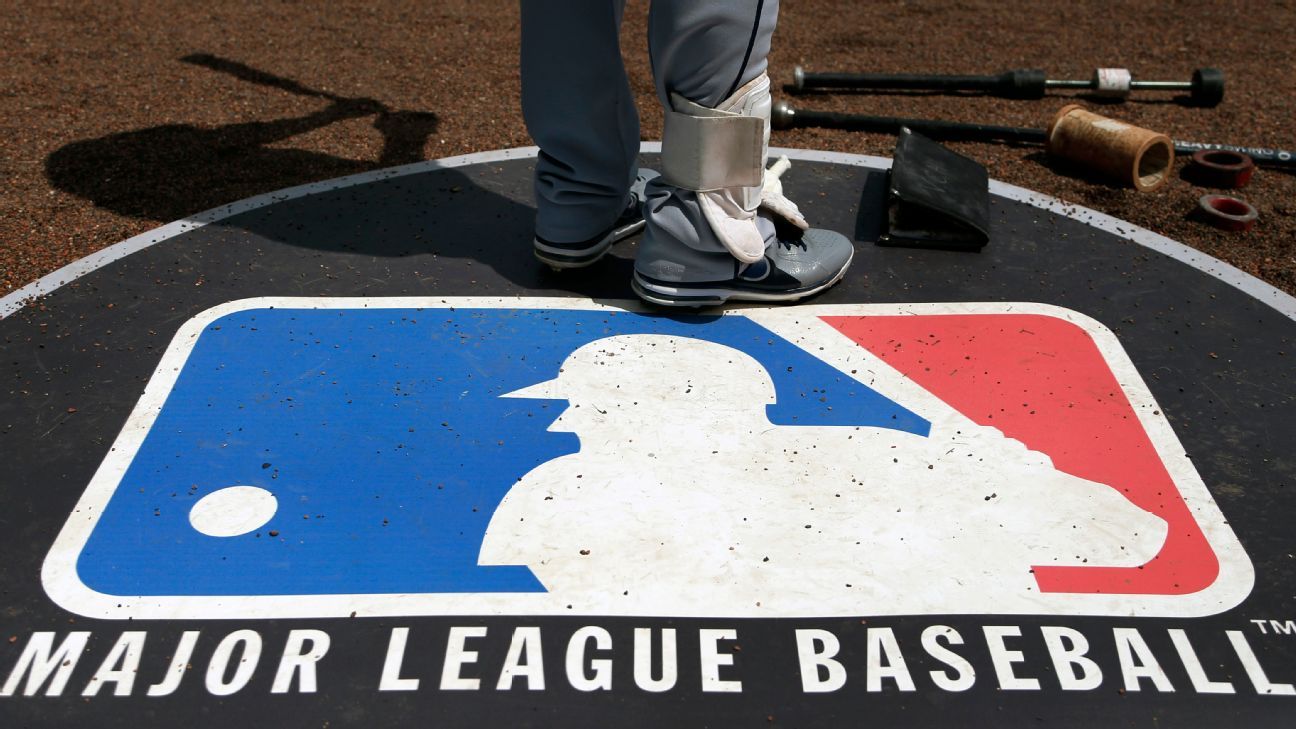Bases loaded, one out, full count and Justin Verlander knows exactly what pitch he wants to throw.
Starting this month, he can call it himself.
In yet another nod to new technology, Major League Baseball will permit pitchers in spring training to wear wristbands that will let them signal to the catcher what’s coming next.
The experiment will begin Feb. 24 when exhibition play opens with Seattle-San Diego and Texas-Kansas City matchups in the Cactus League. All 30 teams are scheduled to be in action the next day.
It’s an extension of the PitchCom system that MLB teams were allowed to employ last season, when catchers could push buttons on their wristbands to call for fastballs, curves, changeups and anything else, along with the location. The pitcher would then hear the result on an earpiece inside his hat.
Now, pitchers can make the calls themselves.
MLB will evaluate how things go and then decide whether to approve it for the regular season, executive vice president Morgan Sword said Thursday.
Worries over clubs stealing catchers’ signals — either by alert opponents or illicit electronic schemes — prompted the rise of the PitchCom system. Some teams and pitcher/catcher batteries immediately embraced the new method; others were a bit more hesitant.
As the season went on, and boosted by tweaks to the tech aspects, more clubs became comfortable with putting it in play. Along with the pitcher, usually the shortstop and second baseman had earpieces so they knew what was coming.
Catchers often wore earpieces, too, so they could hear audio confirmation of what pitch they called.
Over the years, there have been plenty of baseball stories about pitchers calling their own games, working out a set of hidden signals with catchers.
In a few weeks, there will no need for secrecy — pitchers can make their calls out in the open, right on the mound.
